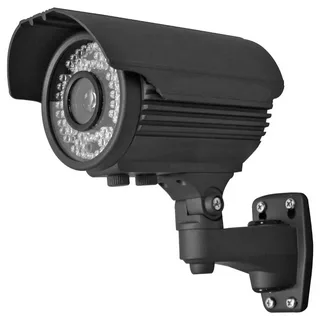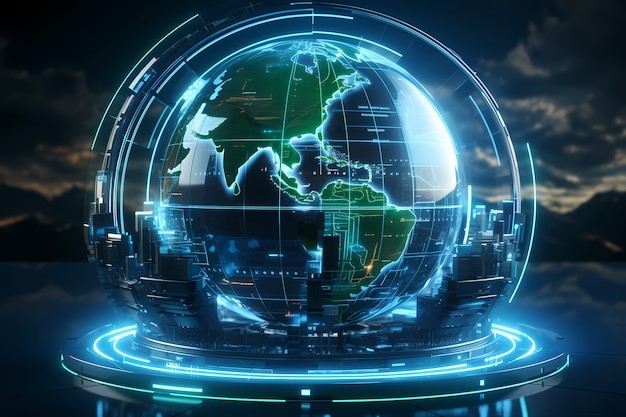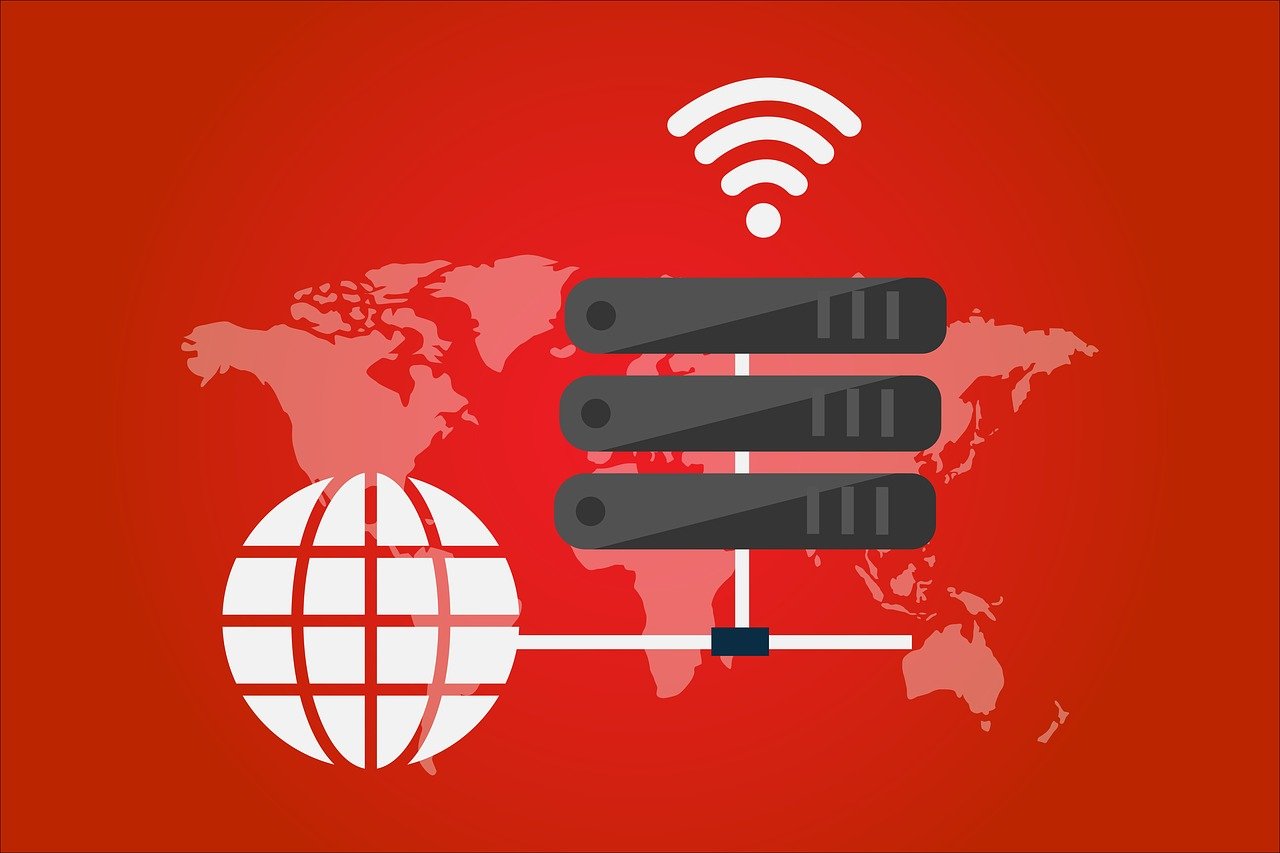What role does image stabilization play in enhancing CCTV footage?

Strong 8k brings an ultra-HD IPTV experience to your living room and your pocket.
In the world of security surveillance, the quality of the footage captured by CCTV cameras plays a vital role in the effectiveness of monitoring and investigation. A key aspect that directly impacts the clarity and usability of CCTV footage is image stabilization. Image stabilization is a technology used in modern CCTV cameras to reduce or eliminate the blurriness caused by movement or vibrations, ensuring that the footage remains clear and sharp. Whether it’s a moving vehicle, an object in the camera’s field of view, or a slight camera shake due to environmental factors, image stabilization ensures that security personnel can rely on the footage for accurate surveillance. To ensure the best performance and reliability in your security systems, partnering with the Best Security Company will provide you with the right image stabilization solutions. This article will explore the significance of image stabilization in CCTV cameras and how it enhances the overall video quality.
Understanding Image Stabilization in CCTV Cameras
Image stabilization technology in CCTV cameras works by compensating for any movement or shake that might distort the video footage. Typically, cameras experience blurriness or distortion in the images due to factors such as camera vibrations, rapid movements, or unsteady installation. This is especially problematic in outdoor settings or areas with heavy foot traffic, where movement and vibration are constant.
There are two primary types of image stabilization used in CCTV systems: optical image stabilization (OIS) and digital image stabilization (DIS). Optical image stabilization involves mechanical adjustments to the camera’s lens or sensor to minimize shake or motion, while digital image stabilization works by using software to correct distorted frames in real time.
Both types of stabilization contribute to better image quality and clearer video footage, enabling security teams to monitor and analyze the video more effectively.
Reducing Motion Blur in CCTV Footage
One of the most common issues with CCTV footage, particularly in environments where there is a lot of movement, is motion blur. Motion blur occurs when the camera’s exposure time is too long to capture a moving subject clearly. This results in streaked or fuzzy images that make it difficult to identify key details, such as faces, license plates, or other distinguishing features.
Image stabilization plays a critical role in reducing motion blur by compensating for the movement of the camera. When the camera shakes or moves while recording, the stabilization system adjusts the lens or sensor to ensure the footage remains steady. As a result, even fast-moving objects appear clearer, with less distortion, making it easier for security personnel to analyze the footage.
In high-security environments where precise details are crucial, such as in monitoring traffic or identifying intruders, having stable and clear footage is essential. Image stabilization ensures that motion blur does not compromise the quality of the video, enhancing the accuracy and reliability of the surveillance system.
Improving Clarity in Low-Light Conditions
CCTV cameras often operate in low-light or nighttime conditions, where the camera’s sensor needs to capture more light for better visibility. In these environments, the slightest movement or vibration can have a significant impact on video clarity. Even a small shake in the camera can lead to blurry images, making it difficult to detect potential threats or identify individuals.
Image stabilization helps overcome this challenge by ensuring that even in low-light situations, the camera maintains a steady image. When there is less light available, the camera may need longer exposure times to capture clear images, but this can amplify the effects of any shaking or movement. With image stabilization, the camera compensates for these minor shakes, producing clearer images even in challenging lighting conditions.
The ability to maintain steady footage in low-light situations is especially valuable for security systems in outdoor settings, such as parking lots, streets, or warehouses, where monitoring at night is critical.
Enhancing Video Surveillance in Dynamic Environments
CCTV cameras are often installed in dynamic environments, such as busy streets, warehouses, or airports, where vibrations and movements are frequent. In such places, the constant motion can lead to challenges in maintaining clear and stable footage. Without image stabilization, CCTV cameras in these environments may produce shaky or blurry video that could compromise security monitoring.
By incorporating image stabilization into the CCTV camera system, security teams can be sure that their surveillance footage will remain smooth, even in high-traffic or high-vibration environments. Whether it’s the vibrations from nearby traffic, machinery, or people moving through the area, image stabilization ensures that the camera compensates for these movements and continues to provide clear, steady footage.
This is especially important in environments where multiple people or vehicles are in motion, such as monitoring pedestrian pathways, vehicle lanes, or crowded public spaces. In such cases, a clear and stable image is crucial for accurately identifying suspicious activities or tracking movements in real time.
Benefits of Remote Monitoring and Live Surveillance
In many modern security systems, CCTV cameras are accessed remotely via mobile devices, computers, or centralized monitoring systems. For live surveillance, it’s important that the video feed remains steady and clear, regardless of any environmental factors or camera movements. A shaky or blurry feed can hinder the effectiveness of remote monitoring, as it makes it difficult for security personnel to interpret the footage in real time.
With image stabilization, live surveillance footage remains steady, ensuring that security teams can monitor situations effectively, even from a distance. Whether monitoring a high-security facility or keeping an eye on a large outdoor space, image stabilization ensures that the footage remains clear and detailed, allowing for quick decision-making and immediate action if necessary.
Enhancing Evidence for Investigations
Clear and stable footage from CCTV cameras is not only crucial for real-time monitoring but also plays a significant role in investigations. In the event of a security incident or crime, the quality of the footage can be pivotal in providing evidence for law enforcement or for use in legal proceedings.
Image stabilization contributes to clearer, more usable footage, ensuring that critical details, such as the appearance of suspects, the make and model of vehicles, and even the sequence of events, are captured accurately. Without image stabilization, shaky or blurry footage could lead to missed evidence or incorrect analysis, making it difficult to pursue investigations effectively.
By stabilizing the footage, security teams can provide high-quality video evidence that is useful for forensic analysis and legal purposes. This makes image stabilization an essential feature for ensuring that CCTV systems provide valuable, actionable evidence when needed most.
Conclusion
In conclusion, image stabilization plays a critical role in enhancing CCTV footage by reducing motion blur, improving clarity in low-light conditions, and ensuring steady video in dynamic environments. With its ability to maintain clear, sharp images despite movement or vibration, image stabilization enhances the reliability of security systems, making it easier for security teams to monitor and respond to incidents effectively.
In environments where clear and precise footage is essential—such as for remote monitoring, live surveillance, and investigations—image stabilization ensures that CCTV cameras deliver the highest quality video, free from blurriness or distortion. As security technology continues to advance, image stabilization will remain a key component in ensuring the success of CCTV systems in protecting people, property, and assets.
Note: IndiBlogHub features both user-submitted and editorial content. We do not verify third-party contributions. Read our Disclaimer and Privacy Policyfor details.







